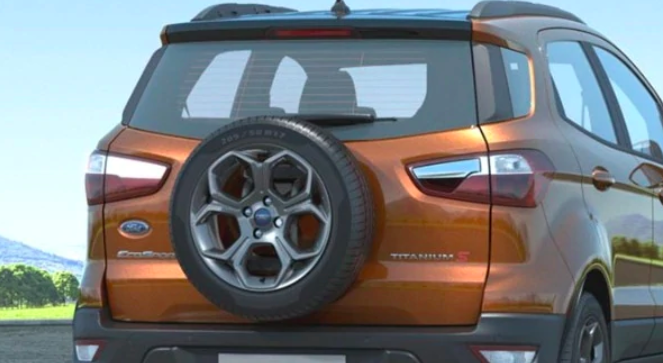On 11th February 2020, Ministry of Road Transport and Highways (MoRTH) published a Gazette Notification related to Motor Vehicle Legislation under draft GSR 103 (E) to further amend the Central Motor Vehicles Rules, (CMVR) 1989. The draft stated three new rules one each for the Motorcycles, M1 category motor vehicles and other vehicles including farming equipment, construction vehicles and L5 category vehicles.
Starting with safety devices for Motorcycles such as permanent grab rails as per IS: 14495-1998 specifications shall be provisioned on the side or behind the rider’s seat and in addition a footrest, complying with the requirements specified in AIS 148:2018, along with a safety device that covers at least half the wheel to prevent clothes getting entangled in the rear wheel must be provided.
If a motorcycle is fitted with a lightweight container it shall not exceed 550 mm in length, 510 mm in width and 500mm in height and weight of the container including its mounting shall not exceed 30 kg and if the container is fitted on the pillion rider space behind the rider then no pillion rider shall be allowed.
For M1 category vehicles which is all passenger vehicles with a seating capacity of 9 persons and up to a maximum mass of 3.5 Tonnes, if fitted with Tubeless Tyres and provided with a Tyre Repair Kit as standard, such vehicles need not be provided with a spare wheel. The tyre repair kit must include equipment to seal the punctured spot in the tyre tread using sealant and compressed air. Both the abovementioned rule will take effect from 1st October 2020.
With effect from October 2021, the new amendment also includes the use of safety glass or safety glazing conforming to IS 2553 (Part 2) (Revision 1): 2019 according to which the windscreen of glass windows of every motor vehicle including agricultural tractors, combine harvester, construction equipment shall be of safety glass of glazing equipment and L5 category vehicles (three-wheelers) with hood and side covers mays use acrylic or plastic transparent sheet. The safety glass or glazing must be maintained in such condition that it can visually transmit not less than 70% of light for front and rear windscreens and 50% visual transmission of light on the side windows.


